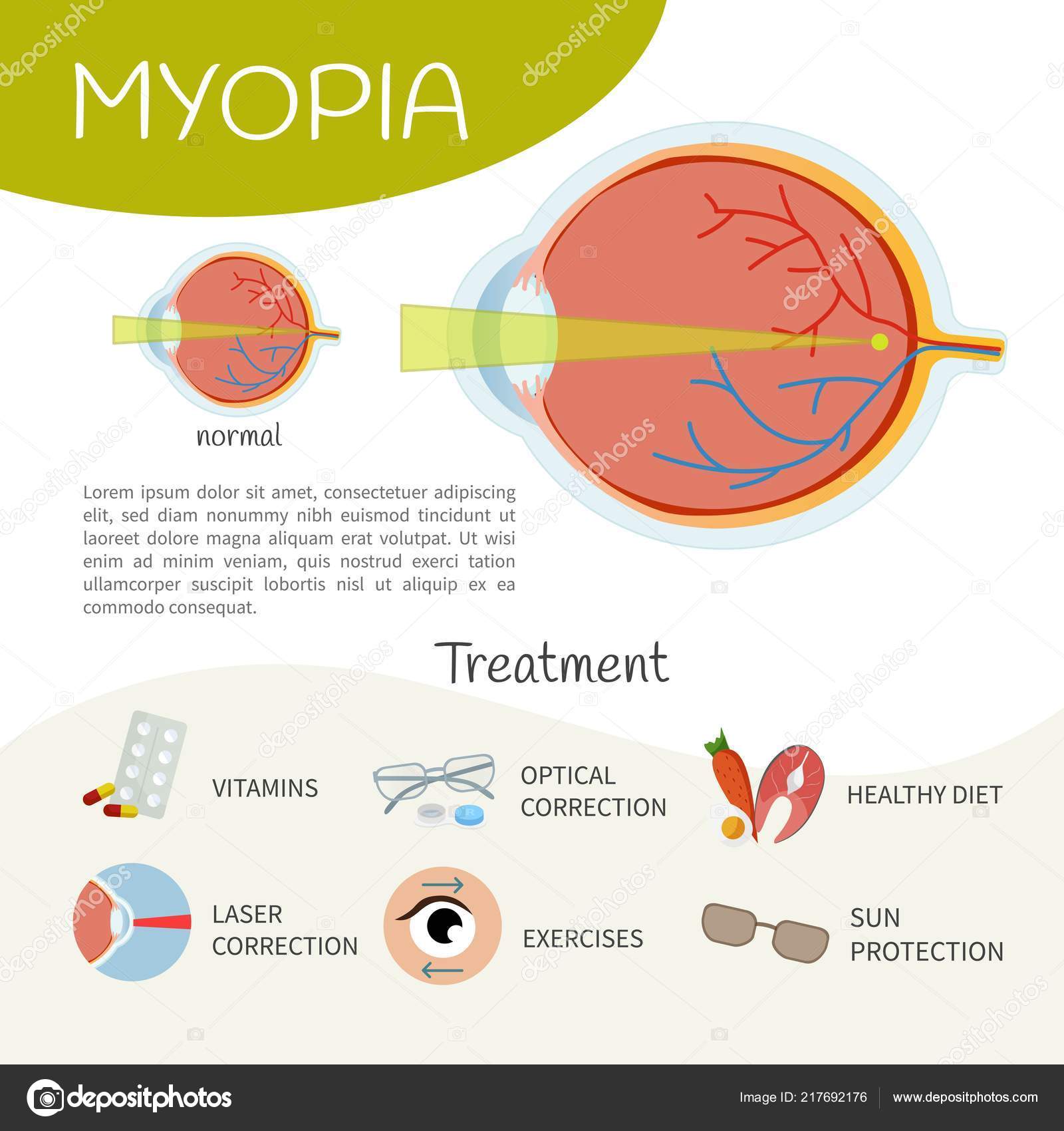As a cataract doctor, your day begins with an extensive eye evaluation, where you evaluate patients' vision and lens quality. You know how essential it is to identify cataracts accurately. Once identified, you get ready for surgery, ensuring every information is made up. Yet the challenge doesn't finish there. The real journey unfolds in the operating room, where accuracy is essential. What takes place next can specify a client's visual future.
The Diagnostic Refine: Identifying Cataracts
When it comes to diagnosing cataracts, clarity is key. You'll start with a comprehensive eye examination, where you'll analyze visual acuity and check for any type of signs of cloudiness in the lens.
Throughout this procedure, you'll make use of specific tools, such as a slit lamp, to obtain an in-depth view of the eye's structure. browse around this website 'll likewise do a dilated eye exam to evaluate the lens and retina better.
Gathering your client's case history is essential, as it assists identify danger variables like age, diabetic issues, or previous eye injuries.
After examining the results, you'll figure out the presence and severity of cataracts. This careful method ensures you supply the best referrals for treatment, setting the stage for the following steps in their treatment.
The Procedure: Accuracy at work
After identifying cataracts and reviewing therapy options, you prepare for the operation, where accuracy is vital.
You enter the operating room, putting on sterile handwear covers and a mask. The client rests easily under brilliant lights, prepared for the change.
You begin by carrying out regional anesthesia, guaranteeing they feel no pain. With a stable hand, you make a small cut in the cornea, making use of sophisticated methods to eliminate the cloudy lens.
You carefully insert the artificial intraocular lens, aligning it completely for optimal vision. Throughout the procedure, you keep track of vitals and change as needed, preserving focus on the task.
In just a short time, you'll have recovered your client's sight, a rewarding outcome for both of you.
Post-Operative Care: Guaranteeing Optimal Healing
Once the surgery is full, your role shifts to guaranteeing the person's smooth recovery.
You'll start by offering clear post-operative instructions, stressing the significance of using the eye guard and taking prescribed drugs. Remind them to avoid scrubing their eyes and participating in arduous activities.
Set up a follow-up visit within a couple of days to keep an eye on recovery and address any kind of worries. Urge patients to report any kind of signs of infection, such as raised inflammation or discharge.
Additionally, talk about Laser Eye Surgery Doctor of using man-made tears to alleviate dry skin. Support their psychological well-being by comforting them that visual improvements might require time.
Verdict
In a cataract surgeon's day, you witness the trip from medical diagnosis to recovery. You see the accuracy in surgical procedure and the treatment taken post-operation to guarantee your optimum recovery. Via this experience, you obtain clearness not simply in vision, however in comprehending the entire procedure. The count on developed in between you and your cosmetic surgeon is important, paving the way for a smoother recuperation. With the best support, you get on your method to appreciating a brighter, clearer world.
